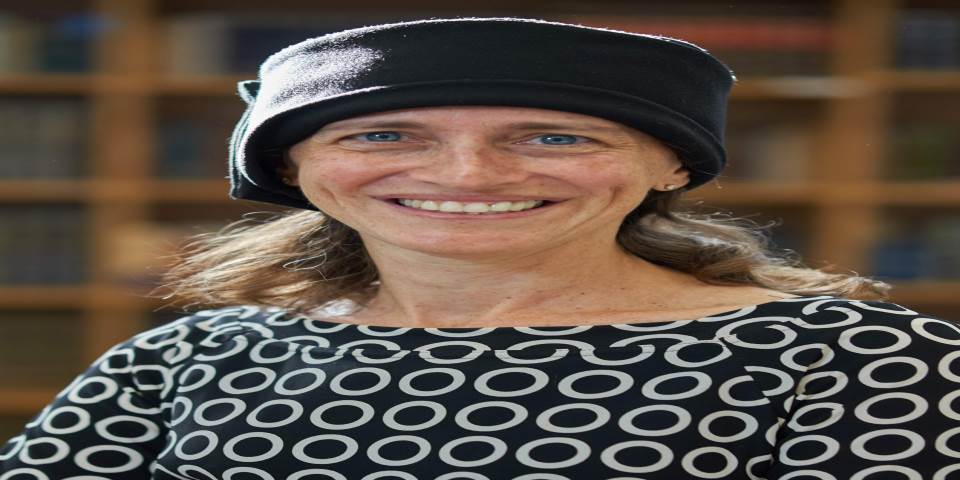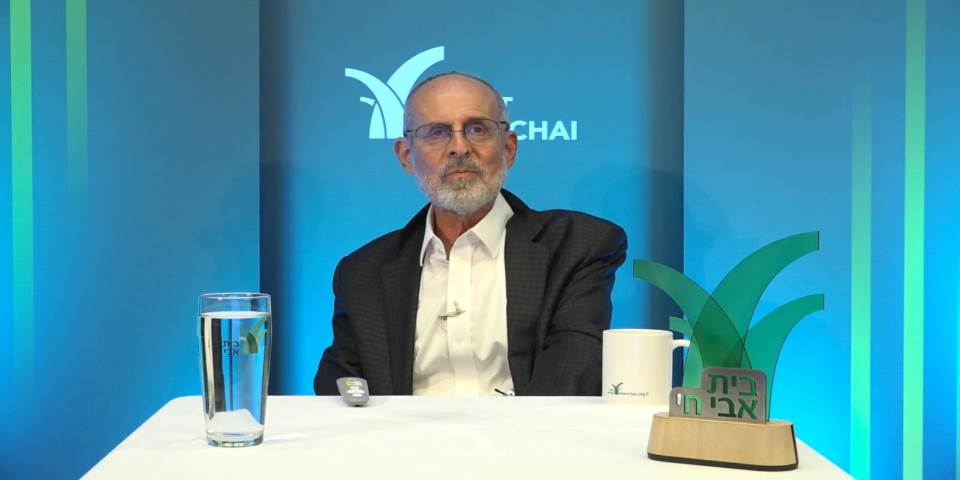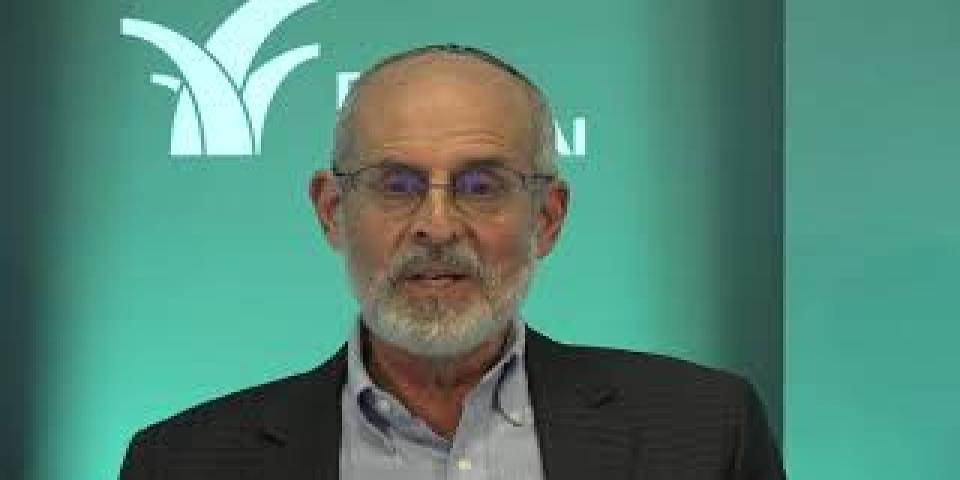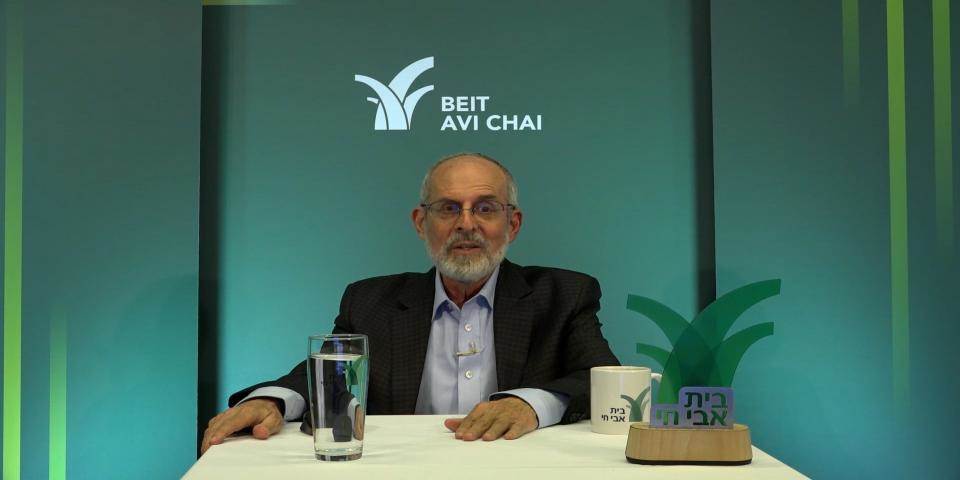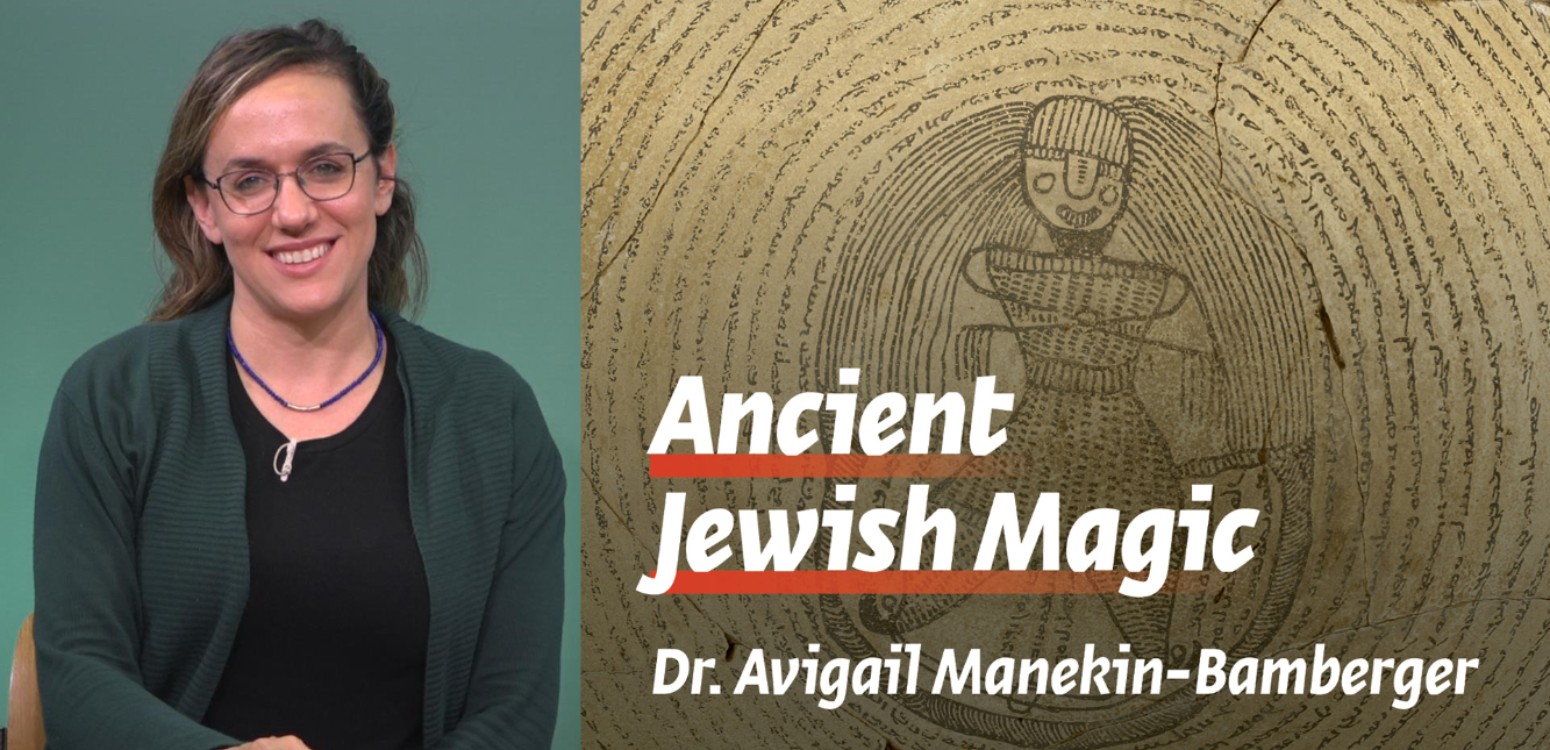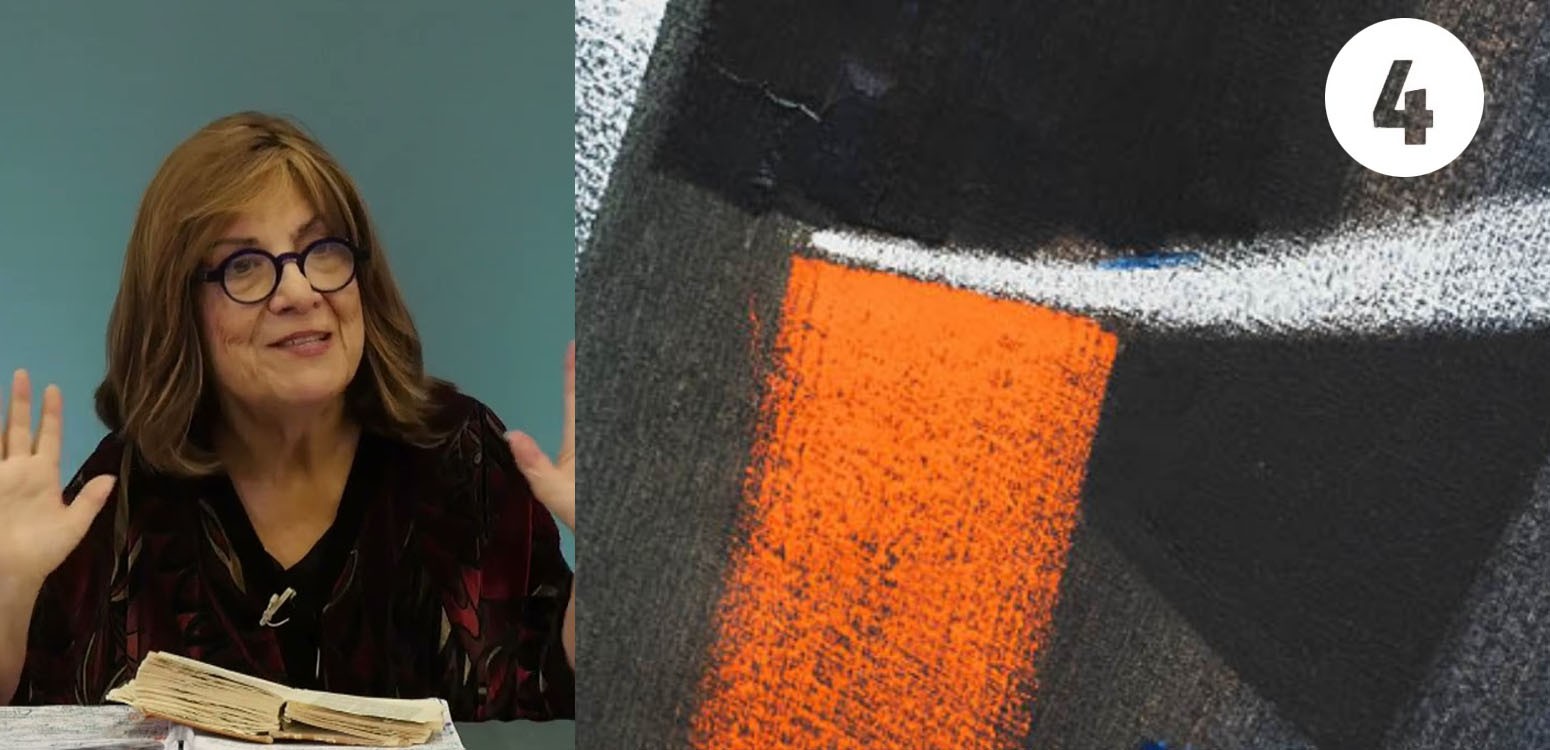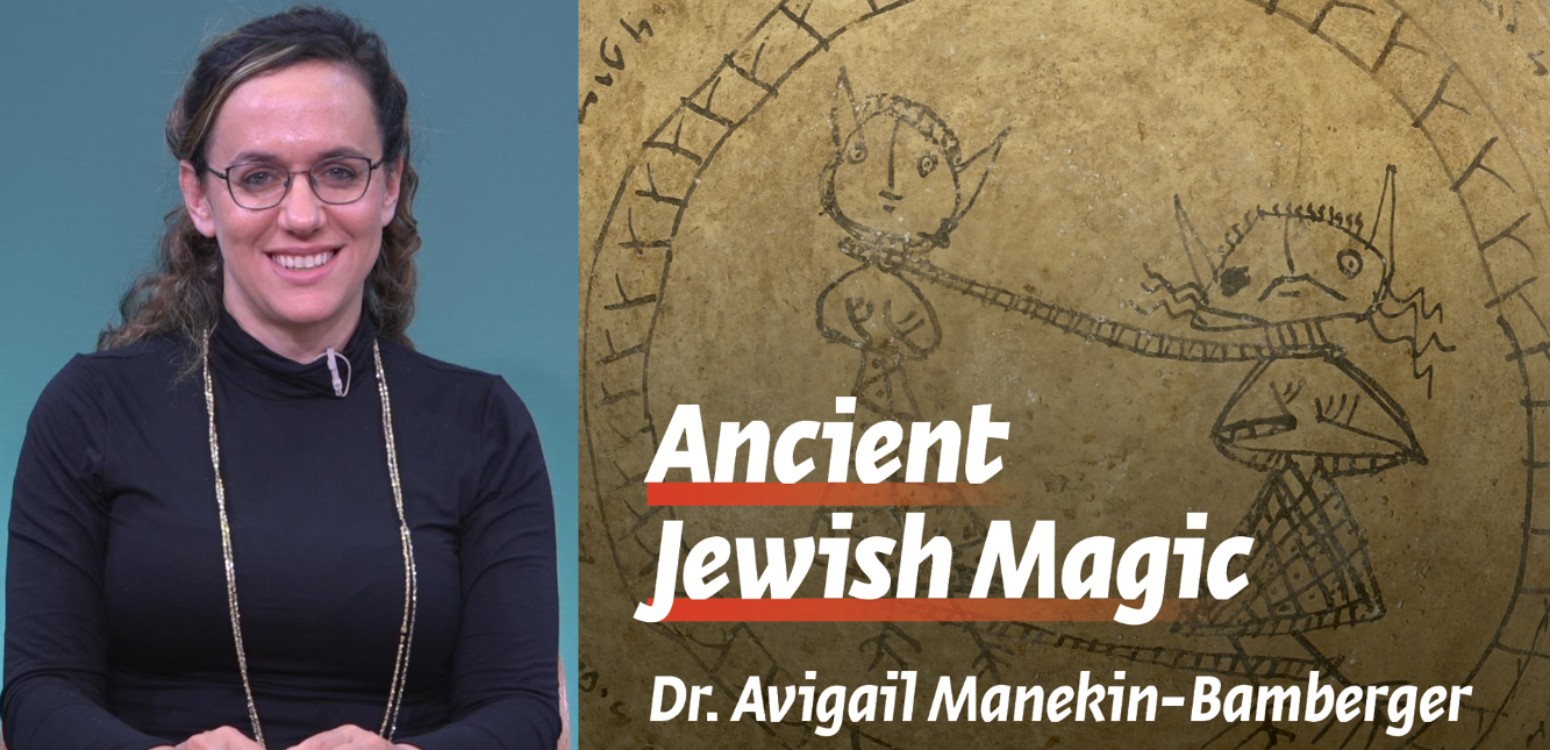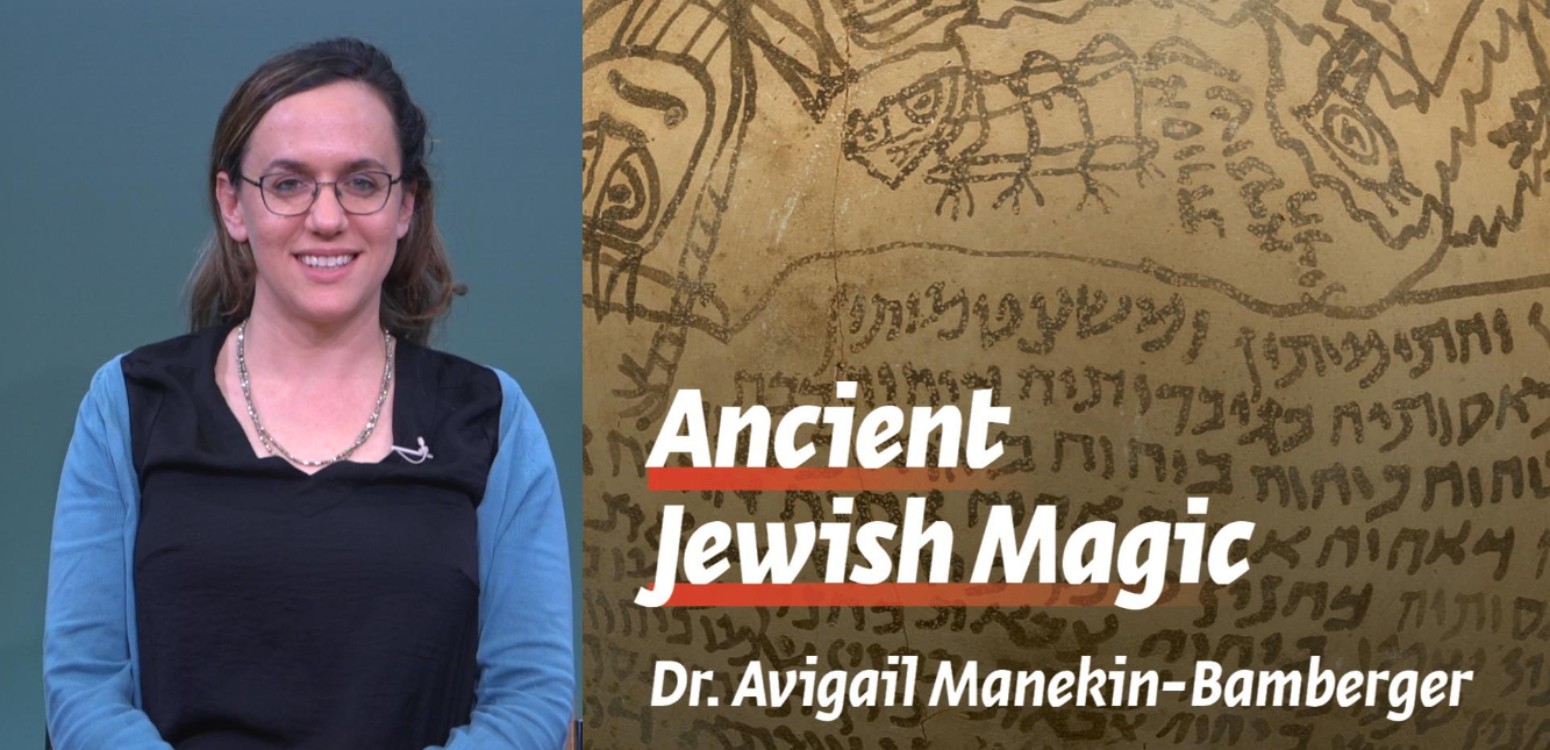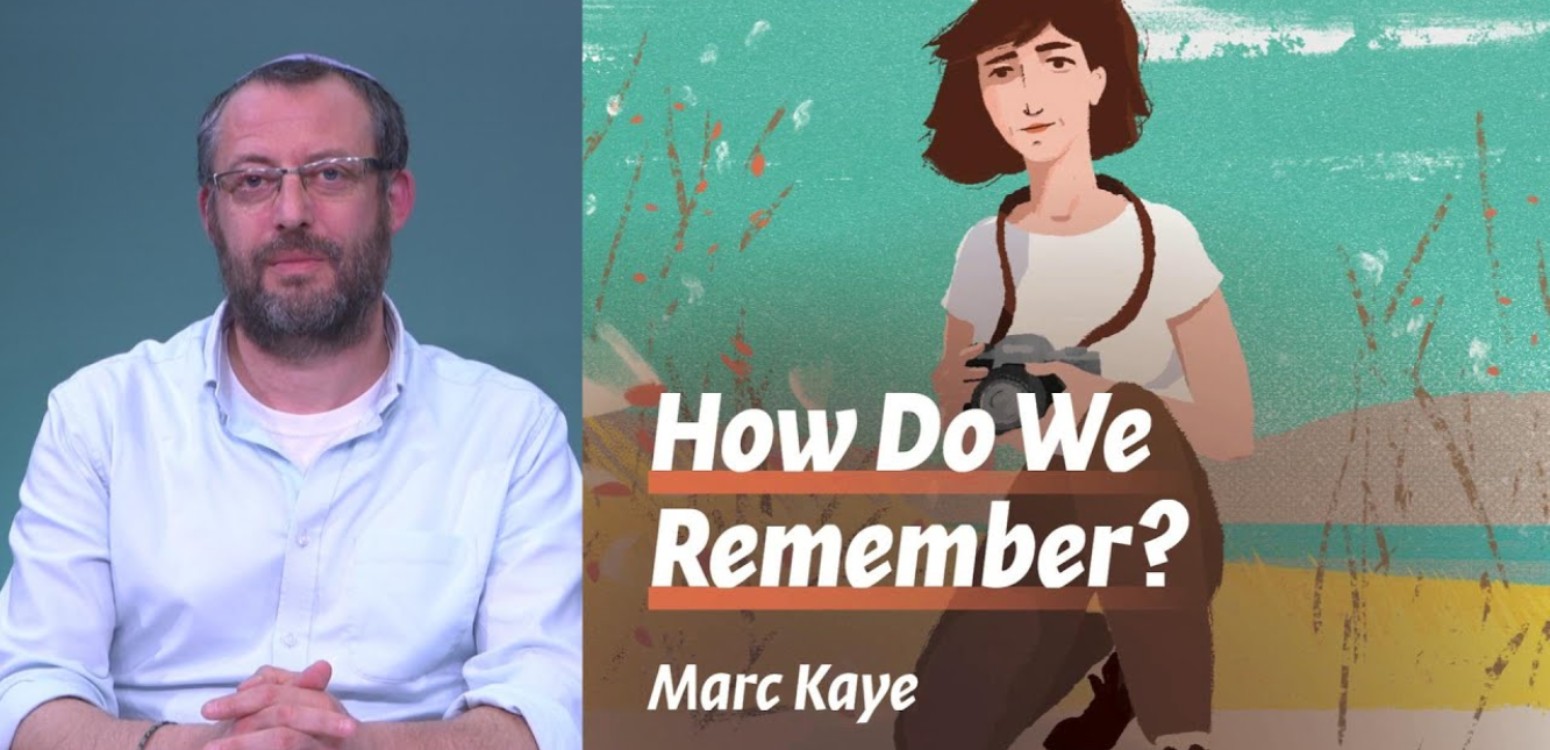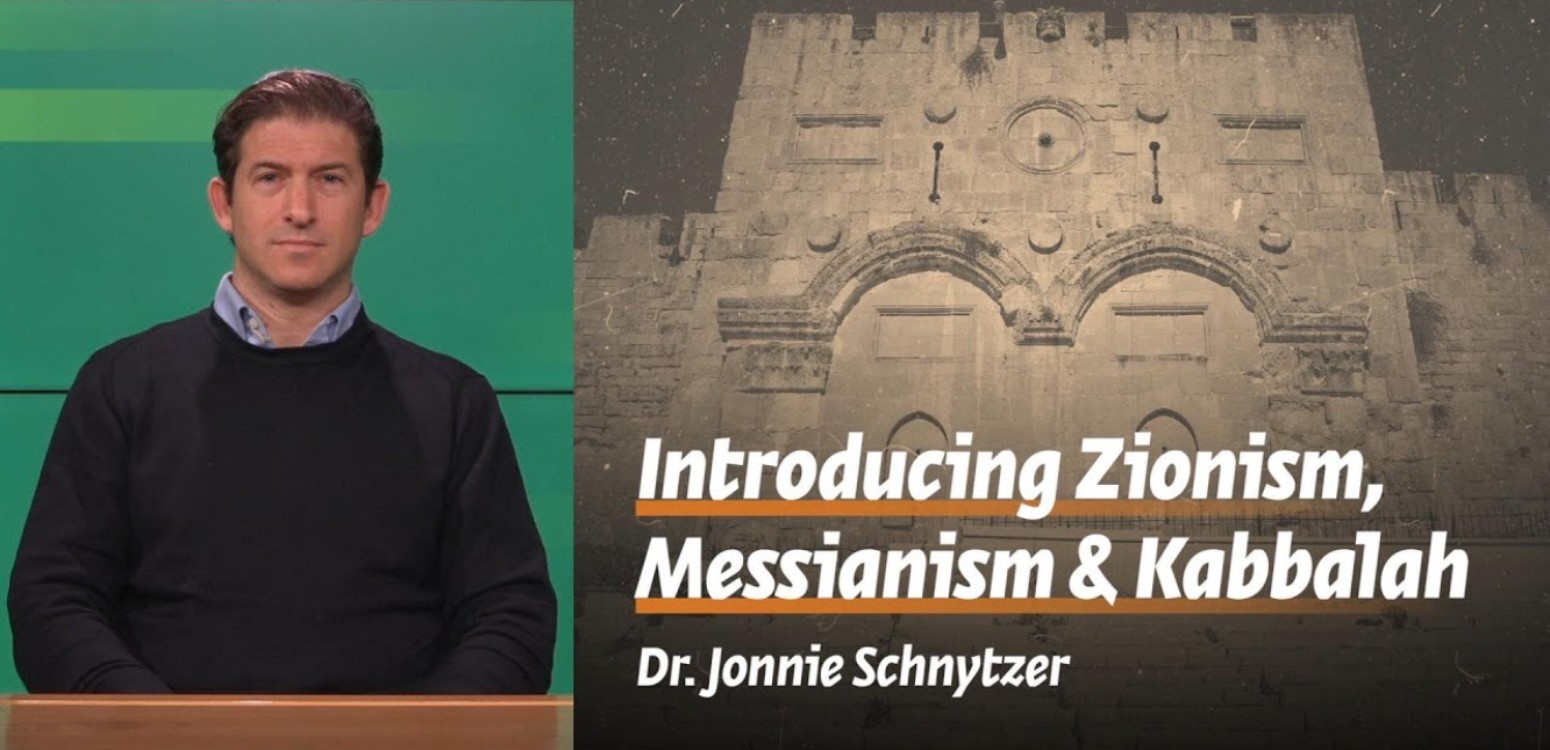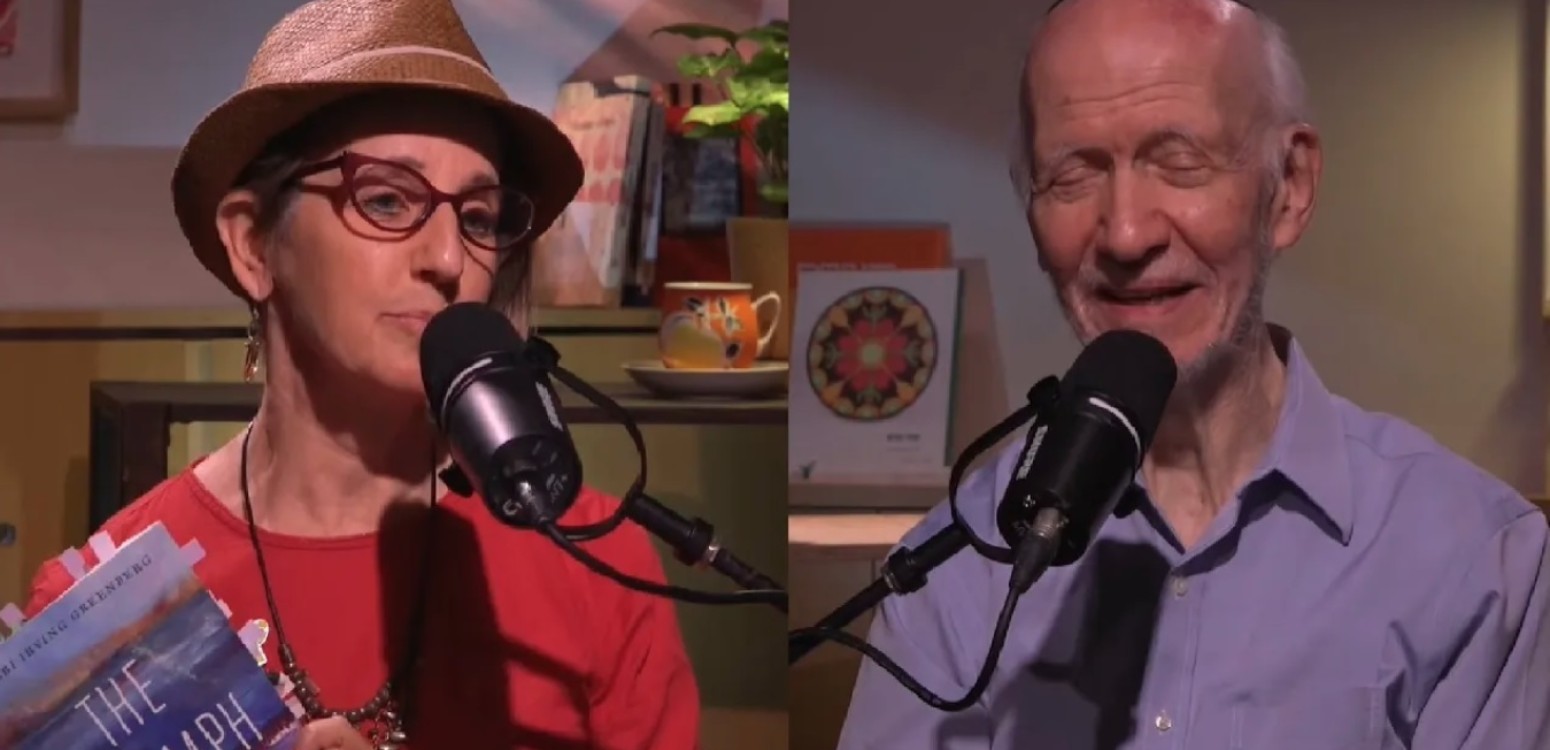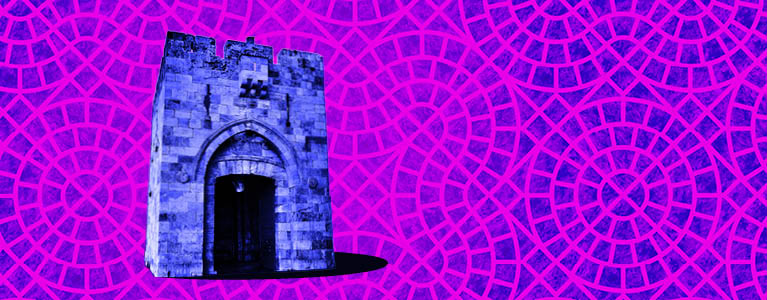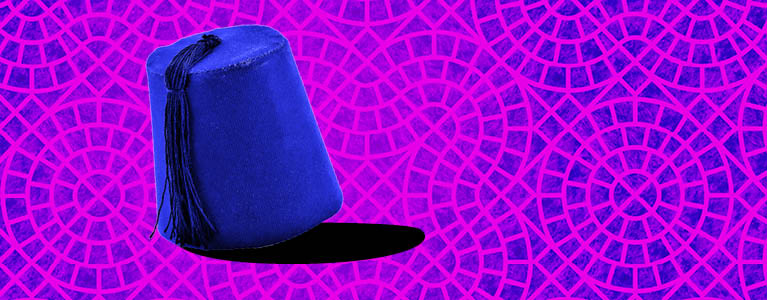
This final lecture will attempt to shed additional light on each of the components examined with reference to implications for political and ideological developments in modern Israel. Questions raised in the context of the previous lectures include: Is aliya unique as a migration phenomenon? How did changes in space and place affect Jews in their new homes? New questions to be pondered include: How did MENA Jewish communities in the Land accommodate their lives to the emergence of an Ashkenazi majority during the British Mandate? And most importantly, why have MENA Jewish communities in the Land of Israel been marginalized in Zionist ideology? How did this marginalization affect the waves of immigrants from Muslim countries after the founding of the State of Israel?
Sunday | February 27 | 8pm (1pm EST)
Up to 1880's well over half of the Jews residing in the Land of Israel/Palestine were Sephardi and/or came from Muslim countries. Eurocentric Jewish and Zionist historiographies, however, have often overlooked or marginalized these Jews and their activities.
This four-part series will shed light on the multi-faceted relationships of Jewish communities in the Middle East and North Africa (MENA) with the Holy Land and their presence in the Land. Although the focus of the series will be on those Jews who lived in 19th and early 20th century Palestine, these were never disconnected from Diaspora Sephardi and Arabic-speaking communities and/or their communities of origin. Eretz Israel was always an integral part of the Middle East.
עוד בבית אבי חי
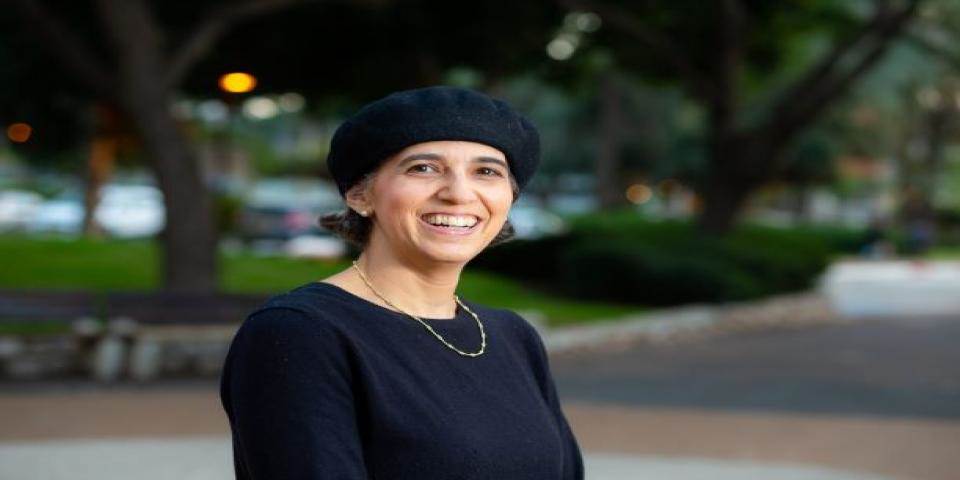
![DAVID DARSHAN, SHIR HAMA'ALOT L'DAVID [David's Song of Ascents] - Prof. Moshe Rosman](https://cdn.bac.org.il/warehouse/content/pics/pic_9031_a.jpg)




